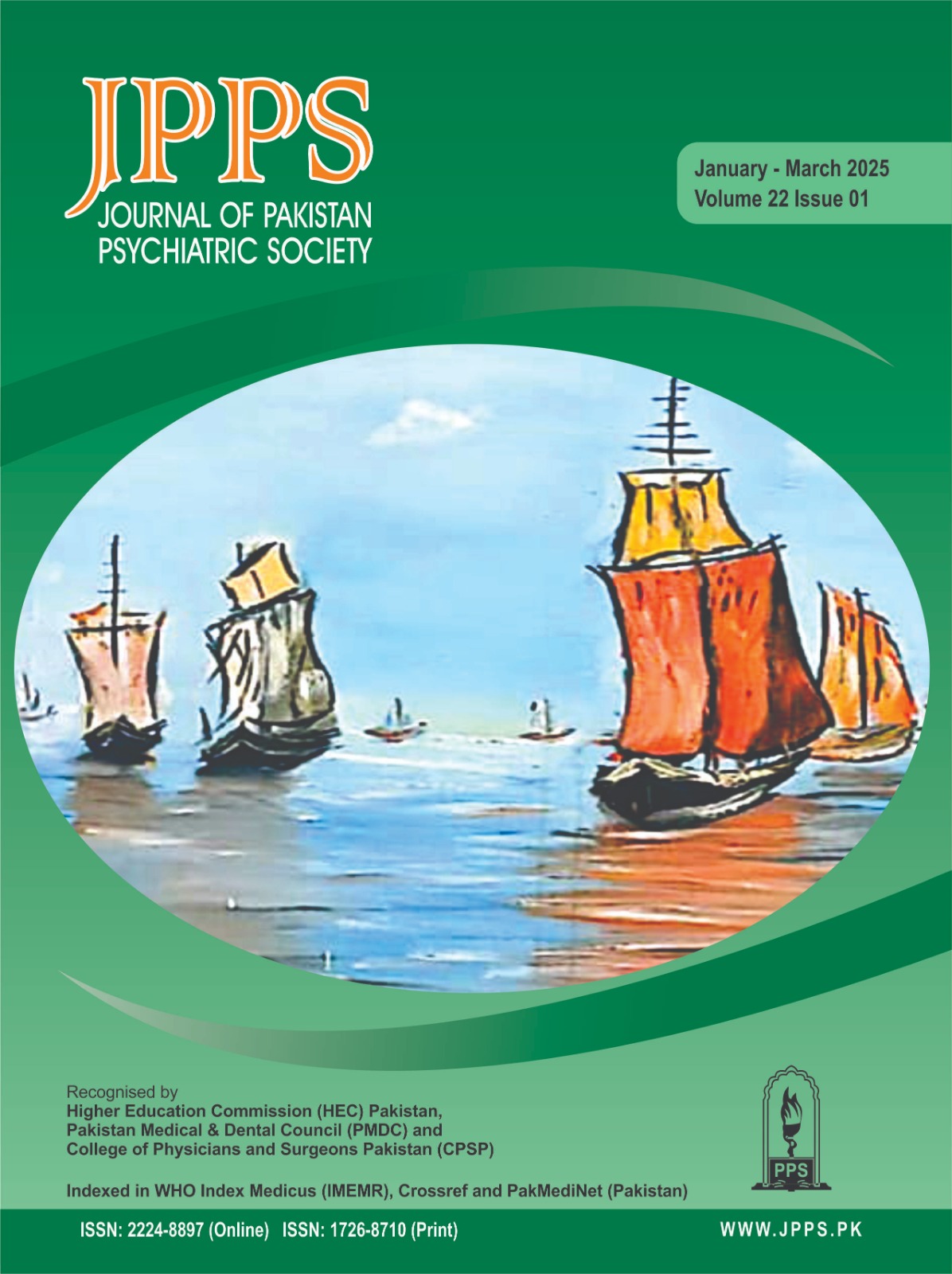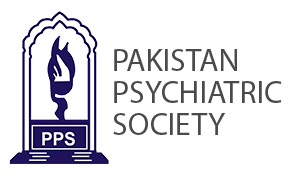ASSOCIATION BETWEEN DEPRESSION AND SOCIAL NETWORKING SITE USE: A CROSS-SECTIONAL SURVEY AMONG STUDENTS OF A MEDICAL COLLEGE IN PAKISTAN
Abstract
OBJECTIVE
To assess if there is any association between symptoms of depression and social media use among medical students in Pakistan.
STUDY DESIGN
Analytical cross-sectional research
PLACE AND DURATION OF STUDY
The study was conducted at HITEC Institute of Medical Sciences, Taxilla, Pakistan over a period of about one year, from August 2019 to August 2020.
METHOD
The study participants were medical students. The total sample size was 410. Random sampling was used. Data was collected by using a structured questionnaire. Depressive symptoms were assessed using the MDI (Major Depressive Inventory scale). Time spend on social networking sites was measured using a modified SONTUS scale (Social Network Time Use Scale). The data was analysed with SPSS v21.0 software.
RESULTS
The study found out that there was a significant association between Social Networking Site (SNS) use and depression. A total of 267 (65 %) students reported some form of depression. For SNS use, 163 (40%) were high users and 19 (4.6%) were extremely high users.
CONCLUSION
This research suggests an important relationship between social media usage and depressive symptoms. A high number of students were found to be severely depressed. This reveals a neglected area of mental health and needs to be addressed. Also, almost half of the respondents were high users of social networking sites, while most others were average users. This might indicate that excessive use of SNS might either be a contributing factor or a perpetuating factor for depression in medical students.
Downloads
Copyright (c) 2025 Journal of Pakistan Psychiatric Society

This work is licensed under a Creative Commons Attribution-NonCommercial 4.0 International License.
Copyright © JPPS. Published by Pakistan Psychiatric Society
Licensing: This work is licensed under Creative Commons Attribution-NonCommercial 4.0 International License
Readers may “Share-copy and redistribute the material in any medium or format” and “Adapt-remix, transform, and build upon the material”. The readers must give appropriate credit to the source of the material and indicate if changes were made to the material. Readers may not use the material for commercial purposes. The readers may not apply legal terms or technological measures that legally restrict others from doing anything the license permits.






.png)









